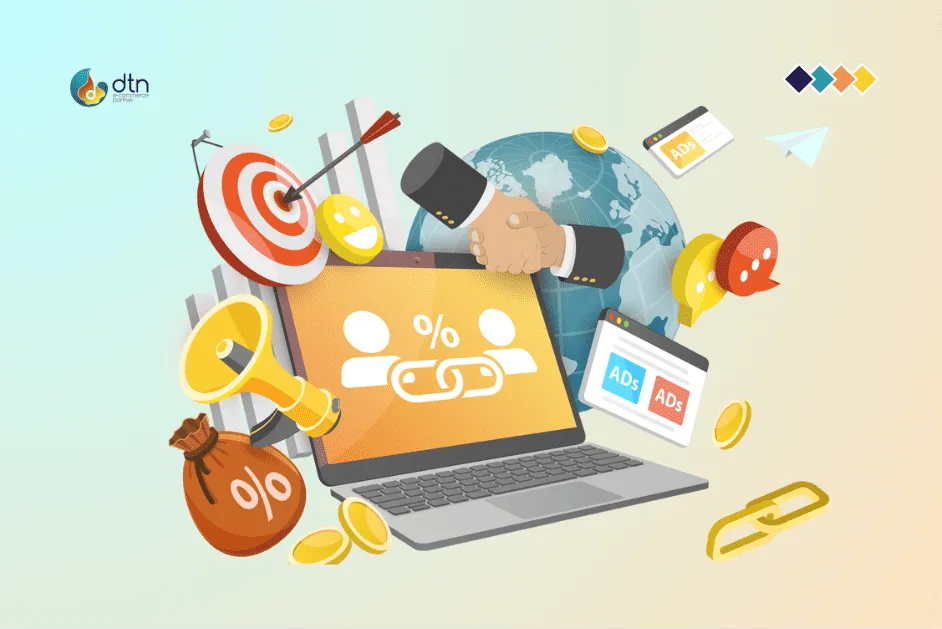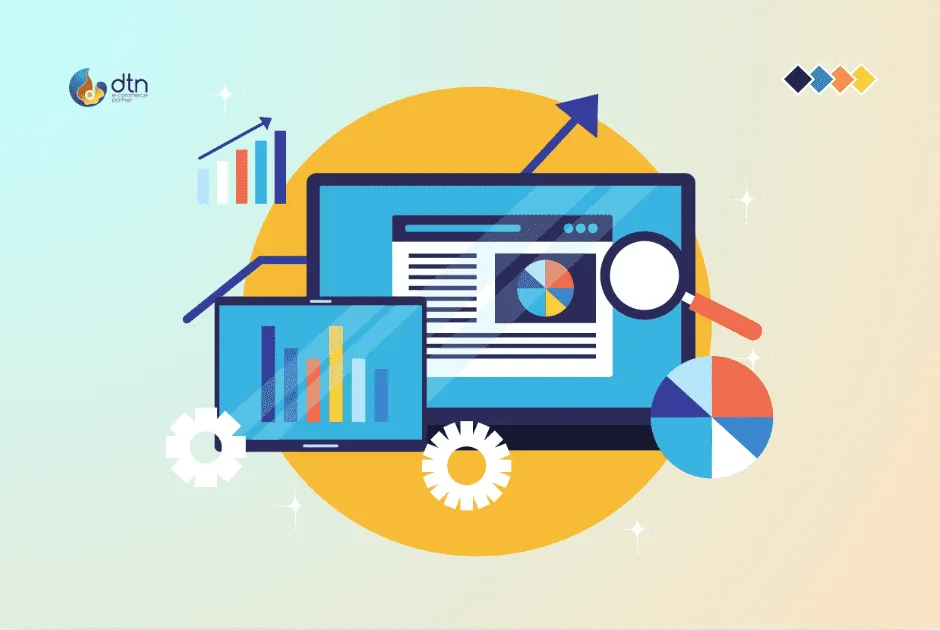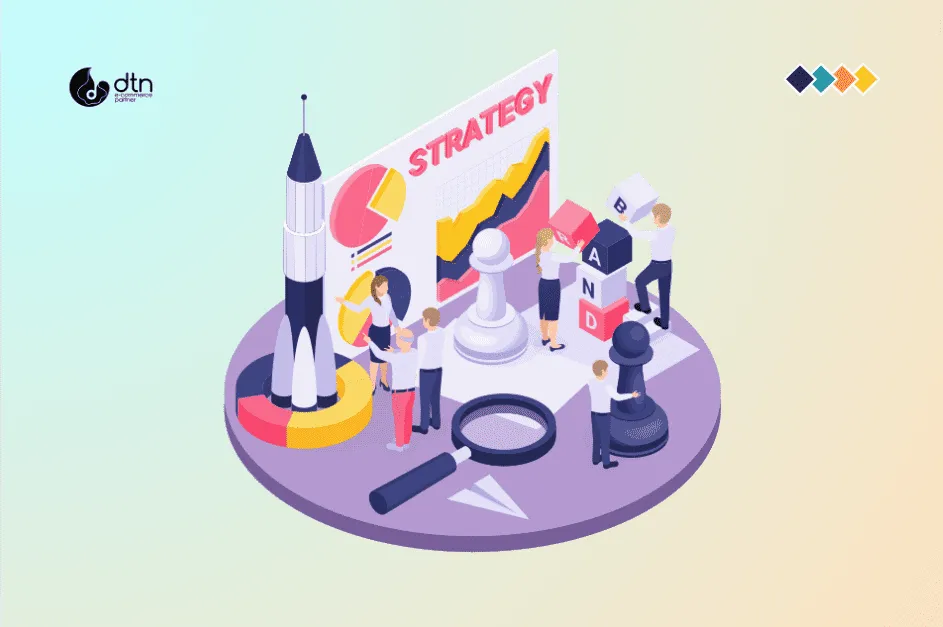In today’s competitive e-commerce landscape, it’s more important than ever to operate leanly and efficiently. Lean e-commerce is a methodology that emphasizes waste reduction, continuous improvement, and customer satisfaction. By adopting lean principles, you can streamline your operations, reduce costs, and improve your bottom line.
Table of Contents
What is Lean E-Commerce?
Lean e-commerce is a business philosophy that focuses on creating value for customers while minimizing waste. It is based on the principles of the Toyota Production System, which was developed in the early 20th century.
The key principles of lean e-commerce include:
- Value: Identifying and delivering what customers want most
- Waste: Removing anything that fails to contribute value
- Flow: Creating a smooth and efficient flow of goods and services
- Pull: Manufacturing involves producing items only when they are needed, based on customer demand, rather than relying on forecasts or producing large batches in anticipation of demand.
- Perfection: Continuously improving processes to eliminate waste

Benefits of Lean E-Commerce
There are many benefits to adopting lean principles in your e-commerce business, including:
- Reduced costs: Lean e-commerce can help you reduce costs by eliminating waste and improving efficiency.
- Improved customer satisfaction: Lean e-commerce focuses on delivering what customers want, when they want it. As a consequence, customer satisfaction and loyalty levels are elevated.
- Increased sales: By reducing costs and improving customer satisfaction, lean e-commerce can help you increase sales.
- Improved profitability: Lean e-commerce can help you improve profitability by reducing costs and increasing sales.

How to Implement Lean E-Commerce
Implementing lean e-commerce in your business requires a commitment to continuous improvement.
- Identify your value stream: The value stream is the flow of activities that create value for your customers. Identify all of the steps in your value stream, from product development to order fulfillment.
- Eliminate waste: Once you have identified your value stream, look for ways to eliminate waste. Waste can take many forms, such as unnecessary steps, delays, and defects.
- Create a smooth flow: Create a smooth and efficient flow of goods and services. This means eliminating bottlenecks and ensuring that products are delivered to customers quickly and efficiently.
- Pull production: Produce only what is needed, when it is needed. This helps to reduce inventory costs and ensure that you are meeting customer demand.
- Continuously improve: Lean e-commerce is a journey, not a destination. Continuously improve your processes to eliminate waste and improve efficiency.

Conclusion
Lean e-commerce is a powerful methodology that can help you streamline your operations, reduce costs, and improve customer satisfaction. By adopting lean principles, you can create a more efficient and profitable e-commerce business.
Frequently Asked Questions
We’ve compiled a list of answers to common questions.
What is the key principle of lean e-commerce based on the Toyota Production System?
The key principle of lean e-commerce is to identify and deliver what customers want most while minimizing waste. This principle emphasizes creating value for customers by focusing on their needs and eliminating anything that does not add value to the process.
What are the benefits of implementing lean e-commerce in a business?
Implementing lean e-commerce can lead to several benefits, including reduced costs, improved customer satisfaction and loyalty, increased sales, and improved profitability. By eliminating waste and focusing on delivering value to customers, businesses can become more efficient and competitive in the e-commerce landscape.
What steps are involved in implementing lean e-commerce?
The steps involved in implementing lean e-commerce include identifying the value stream, eliminating waste, creating a smooth flow of goods and services, pulling production based on customer demand, and continuously improving processes. These steps require a commitment to continuous improvement and a focus on delivering value to customers efficiently.
How does lean e-commerce contribute to reducing costs in a business?
Lean e-commerce helps reduce costs by eliminating waste and improving efficiency throughout the value stream. By streamlining processes, reducing unnecessary steps, and minimizing defects, businesses can lower their operating costs and improve their bottom line.
What is the significance of continuously improving processes in lean e-commerce?
Continuous improvement is a fundamental aspect of lean e-commerce as it allows businesses to adapt to changing customer needs and market conditions. By continuously seeking ways to eliminate waste and improve efficiency, businesses can remain competitive and meet the evolving demands of the e-commerce landscape.



